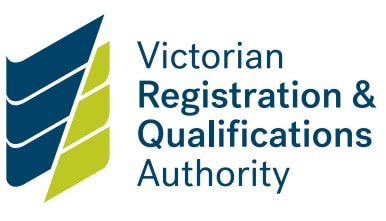All references to 'schools' include school boarding premises.
Steps to compliance
1. Develop and review
Develop a policy, statement or curriculum document on diversity and equality. This can be included in:
- the Child Safety and Wellbeing Policy
- through a review of a school’s complaints policy and curriculum documentation.
Ensure it covers the requirements of Ministerial Order 1359:
- induction or training for staff and volunteers that make sure they understand:
- the diverse circumstances of children and students
- how to support and respond to vulnerable students
- a complaints process that is culturally safe, accessible, and easy to understand
- specific reference to how the school supports and responds to needs of vulnerable students, including:
- students with disability
- students from culturally and linguistically diverse backgrounds
- students who are unable to live at home
- international students
- lesbian, gay, bisexual, trans and gender diverse, intersex and queer (LGBTIQ+) students
- Aboriginal and Torres Strait Islander students.
- strategies and actions for respecting diversity and supporting and responding to vulnerable students. Examples include:
- diversity training for staff
- diversity curriculum for students
- tailoring policies and procedures to the needs to vulnerable children. These can cover complaints, bullying, student behaviour and learning.
See an explanatory note on identifying vulnerable students under ‘What does the minimum standard say?’.
2. Endorse
The school governing authority must endorse the policy, statement or curriculum document.
3. Implement
Compliant schools:
- provide staff and volunteers with appropriate information through induction or training processes on how to respond to and support vulnerable students
- have complaints processes and procedures that:
- meet the diverse needs and circumstances of vulnerable children
- are available to staff, students and volunteers
- are culturally safe, accessible and easy to understand
- implement the strategies and actions to ensure vulnerable students are supported.
Examples of common non-compliance
- An outdated Inclusion and Diversity Policy that:
- references the superseded Ministerial Order 870, instead of Ministerial Order 1359
- does not take include needs of all vulnerable children identified in Ministerial Order 1359.
- The policy, statement or curriculum document does not cover the requirements listed in ‘Steps to compliance’.
- Little or no evidence of implementation of documented strategies and actions. For example, no evidence to show information is provided through induction or training processes for staff and volunteers.
- No complaints policy.
- A complaints policy and procedure that is not:
- accessible
- culturally safe
- easy to understand.
Updated


